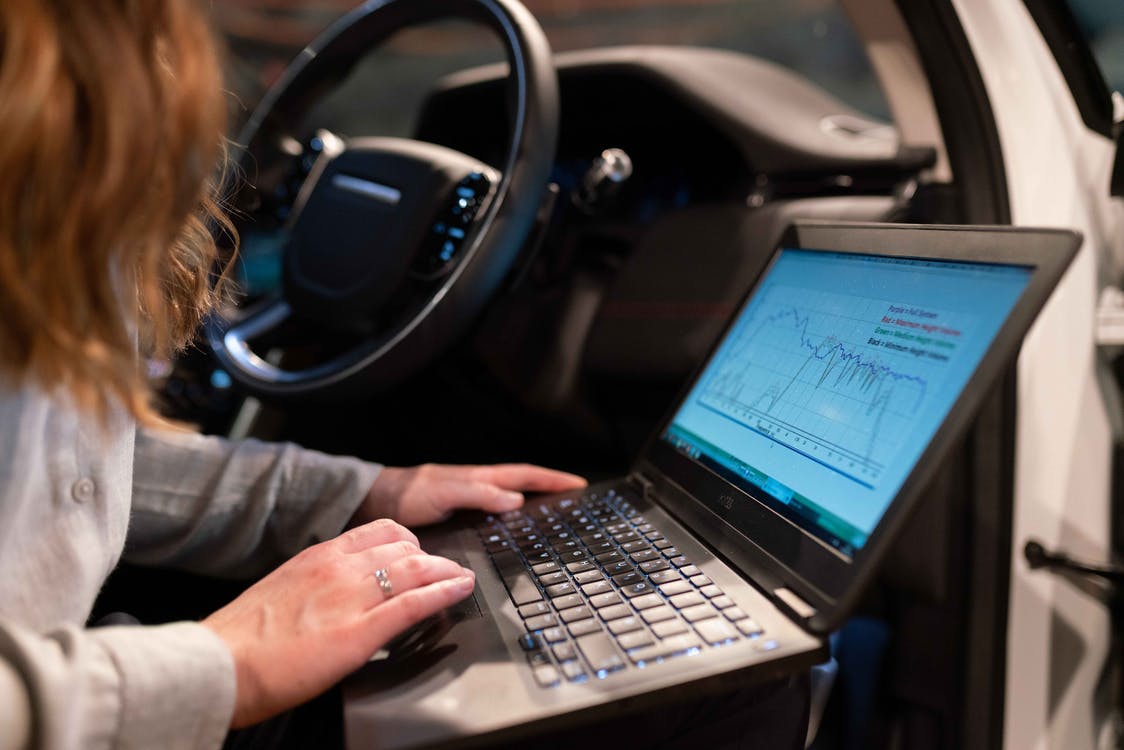By Jonathan Bates
The trucking industry has seen dramatic change in 2020. The COVID-19 pandemic has impacted every fleet — some have seen an uptick in business, while other businesses have suffered. But by and large, most fleets seem to feel the worst is behind us, and are now looking towards the future.
To that end, based on our work with thousands of fleets around the world, we are seeing three telematics trends emerge: fleets are investing in video telematics, predictive analytics and enhanced driver safety measurement.
While the telematics field is well established, video telematics is somewhat new. Typically, telematics involves collecting data surrounding each trip, vehicle and driver, and using it to improve safety, efficiency and compliance. Now, it’s possible to add video to the mix.
Video is collected via in-cab and out-of-cab cameras affixed to a vehicle. The cameras can capture what’s happening both inside and outside the vehicle, including driver behavior but also what nearby drivers and vehicles are doing.
Video telematics solutions can be event triggered – for instance, only capturing clips when a driver exceeds a speed threshold or is involved in a crash – or continuously monitored live.
In-cab video monitoring has proven time and time again to help improve poor driver behavior and overall fleet safety. Integrated in-cab video solutions allow videos to be automatically appended to driver profiles and tied to specific reports depicting specific triggered events, providing the opportunity for:
- Video-led driver coaching and training
- Post-crash analysis
- Crash prevention and reduction
- Subrogation of insurance claims
Video also adds an important element to post-crash analysis, providing unprecedented insight (and irrefutable evidence) into what occurred in a cab and around the vehicle at the time of an incident.
Predictive analytics (or predictive modeling) is a process that uses data and statistics to predict outcomes with data models. The models can be used to predict all sorts of things, from customer demand to which drivers are most likely to be involved in a crash. By predicting events, fleets can take proactive steps to avoid negative ones – such as a crash. Steps might include remedial training for drivers or alerting a manager.
Predictive analytics models are built using both historical data and environmental inputs (such as weather and traffic data) to identify patterns that could indicate the likelihood of something occurring. Fleet management solutions are starting to incorporate predictive analytics into their platforms to help fleets do a better job anticipating and managing change.
For example, predictive analytics models can be used to tell the fleet manager which drivers are highest risk, in what areas and what actions need to be taken to mitigate the risk.
Enhanced driver safety measurement: According to the FMCSA, in 2017 (latest figures available), 4,889 large trucks and buses were involved in fatal crashes, a 9 percent increase from 2016. The critical pre-crash event for 73 percent of the large trucks in fatal crashes was another vehicle, person, animal, or object in the large truck’s lane or encroaching into it.
Most telematics systems now provide fleet managers with safety reports or driver scorecards that rate and rank drivers based on their safety profile. These reports help managers identify drivers who may need additional training. They can also act as powerful incentives to drivers to improve on their own. Initially, fleet managers can make comparisons to baseline data. Over time, most fleets look at week-over-week, quarter-over-quarter, or year-over-year data. Large companies may break their analysis down into regions or teams.
Driver scorecards have emerged as a critical element of managing and improving driver safety. Newer options for scorecards include adding seatbelt events and hours of service events into the scoring model.
Most fleets have the data they need for all of this, thanks to ELDs.
Thanks to the ELD Mandate, most US heavy-duty fleets already have the ability to collect the data they need to monitor and modify driver behavior. At a minimum, fleets should collect data on:
- Speeding incidents
- Harsh acceleration and braking incidents
- Corner handling incidents
- Crashes
These data points go a long way towards satisfying a fleet’s need to improve safety, efficiency and compliance. Add video data to the mix, and a fleet has everything required to add these three techniques – video telematics, predictive modeling and enhanced driver safety scorecards – to their arsenal.

















Leave a Reply